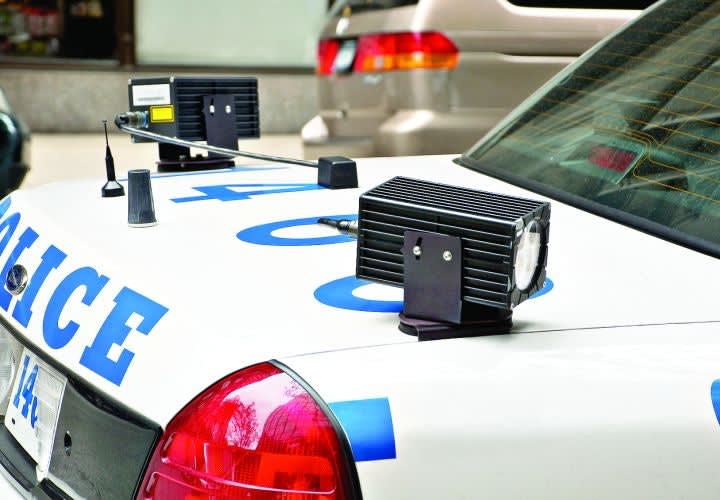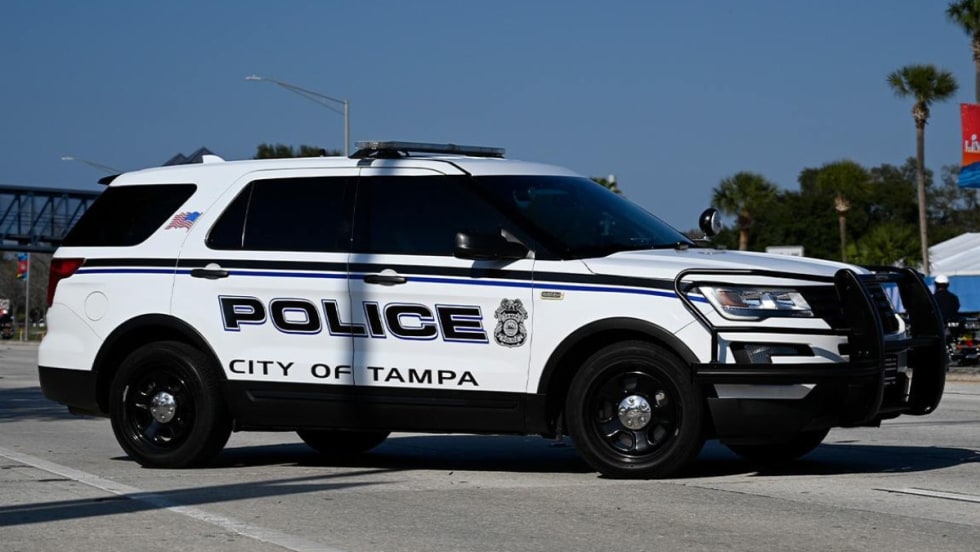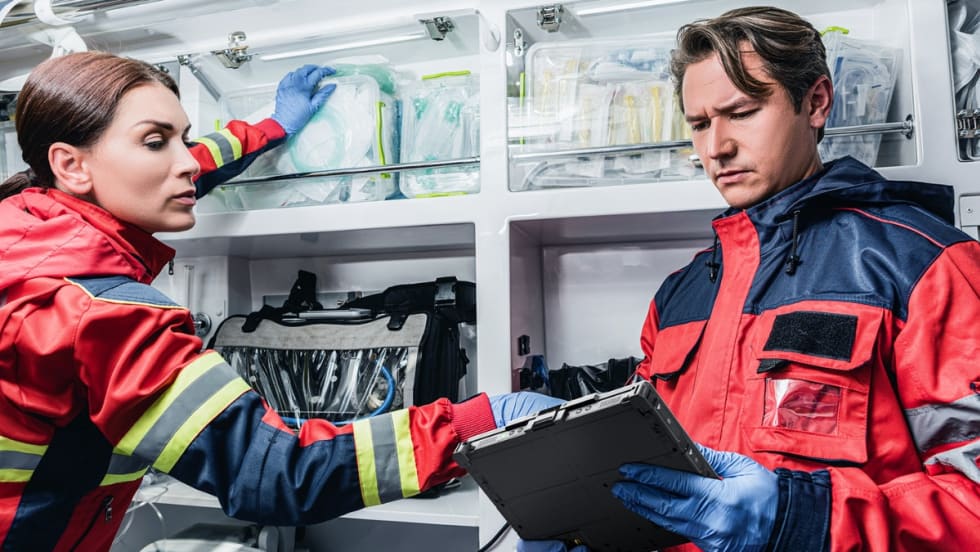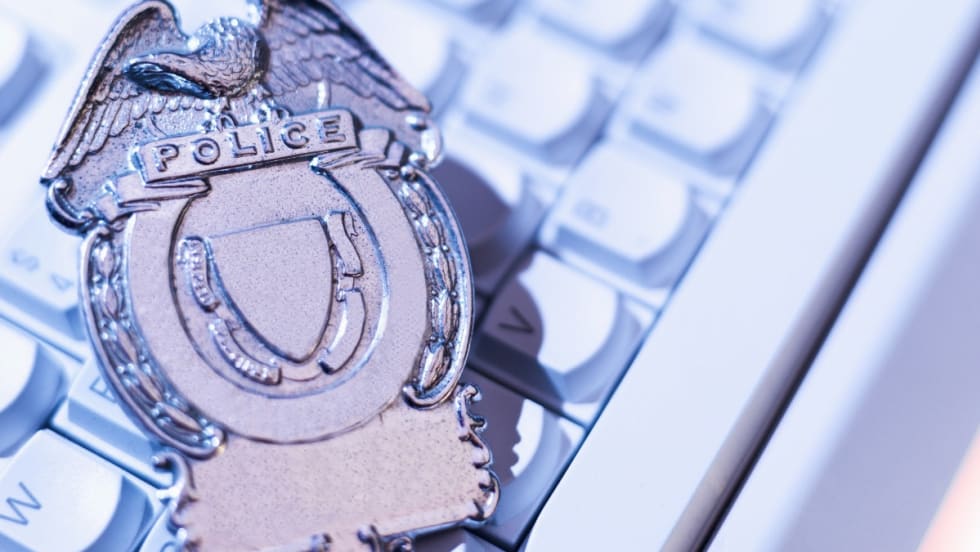For the police officer, power comes in myriad forms, including the powers of arrest and the powers by which to effect that arrest.
Having advanced from the truncheons and straight sticks of yesteryear, today's cops have a wide range of mechanical and electronic weaponry available to them. Among the tools you may carry on your Sam Browne include handguns, TASERs, batons, magazines, pepper spray, handcuffs, portable radio, knives, recording devices, cell phones, and flashlights.
But with more and more items accruing on your arsenaled waist, keeping track of them can also become a concern. A Bay Area Rapid Transit officer's disastrous confusion between his sidearm and his TASER is a prime example. The extent to which
Johannes Mehserle's agitated state
and distracting influences played a part in that incident may be long debated, but the bottom line is that he should have been keenly aware of the tools he carried.
And therein lies a valid concern for today's rookie cops. Members of this generation-particularly those from metropolitan areas-have largely been raised in environs that prohibited imaginary gunplay. As a result, many of today's younger cops are no more familiar with firearms than with any other tool of the profession. Oftentimes, their first exposure to these tools occurs in the academy.
To avoid potential disasters, it is imperative that you acquire proficiency and comfort with your weapons and tools. It is far better to anticipate and address knowledge gaps in controlled environments than hope for some sudden epiphany when the bad stuff hits the fan. Maintaining an awareness of just where your tools are, training in how to transition between them, and developing the fine motor skills with which to retrieve them are all key.[PAGEBREAK]













